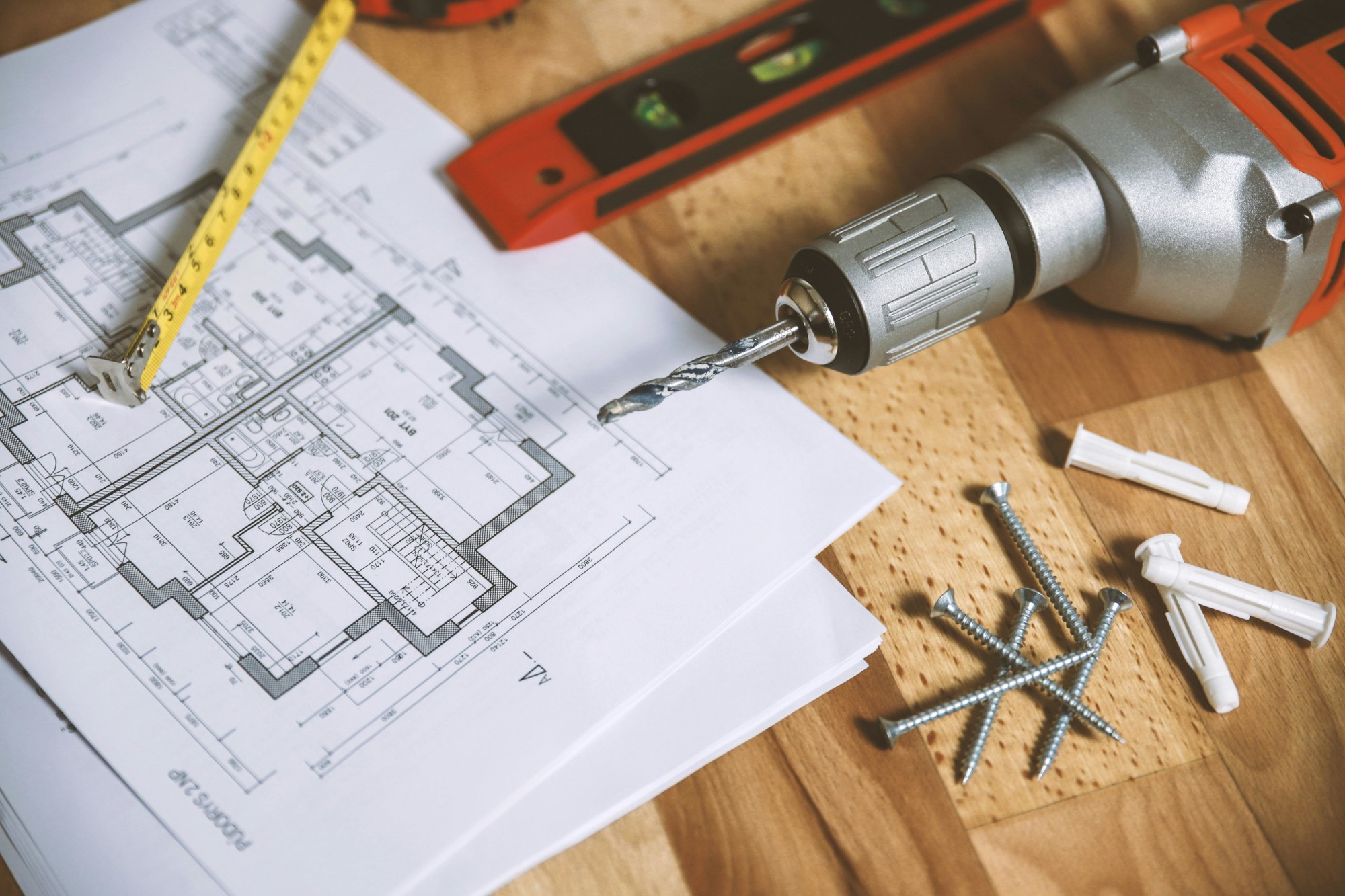Invest
Using the 30/30/3 rule for home buying during uncertain times
Thinking of buying a home? Uncertain economic times may have you double guessing your purchase, but the 30/30/3 rule can help you make this a reality.
Using the 30/30/3 rule for home buying during uncertain times
Thinking of buying a home? Uncertain economic times may have you double guessing your purchase, but the 30/30/3 rule can help you make this a reality.

If you have been looking to buy a house during the pandemic, you are not alone. The record-low mortgage rates (which are not seen to lift any time soon) and the rise of the work-from-home set-up have many aspiring Aussie home buyers and investors considering a home purchase.
Buying a house, either as an owner-occupier or an investor, is always a major investment. However, during uncertain economic times, buyers should take extra precautions to ensure their big buy will not negatively impact their finances.
Compared to the stock market, real estate is a more stable investment because it tends to appreciate over time. However, economic uncertainty has a historically negative effect on the labour market. And if you lose your job or are hit by a pay reduction, you still want to be able to cover the cost of your mortgage, so you do not fall behind on monthly mortgage payments, or worse, face a foreclosure.
If you’re on the fence about purchasing a home and unsure if it’s the best financial choice for you, you may want to consider the more conservative “30/30/3” home-buying rule.

What is the 30/30/3 rule?
To prevent buyers and investors from the stress of purchasing a home or an investment property they can’t afford, the 30/30/3 rule is one of the safest percentage rules they can follow. The rule has three parts:
Rule 1: Spend less than 30 per cent of your gross income on your monthly mortgage payment.
Traditionally, industry experts have a rule of thumb on how much money you should spend on your mortgage; it should not be higher than 30 per cent of your gross income. Your gross income covers all of your pre-tax income from all sources, such as your job, investments and side hustles.
However, with the mortgage rates now at a record low, many buyers are tempted to exceed 30 per cent. This is because they know they will be paying less interest over time.
The real danger to breaking this rule occurs when people choose to buy an even more expensive home on a lower bracket of income.
For example, spending 40 per cent of your monthly $70,000 gross income on a mortgage still leaves you with $28,000 in gross income. Spending 40 per cent of your monthly $10,000 income, however, leaves you with a much smaller cushion to take care of your basic needs.
If you choose to spend more of your income on your mortgage payment, you will have less money to save or invest, and then you will have less of a financial cushion in case of a financial emergency (e.g. losing your job, medical expenses, property maintenance expenses, etc). This means that the more income challenged you are, the safer it is to spend less.
As the saying goes, “it’s better to be safe than sorry”.
Rule 2: Save 30 per cent of the home’s value before buying it.
When it comes to saving for a home deposit, you’ll often hear people bring up a minimum figure of 20 per cent of the property’s price. And while it is not a universal requirement, putting down 20 per cent on a mortgage means you won’t be required to cash out lender's insurance or secure a family guarantee for your home loan.
Before buying a home, have at least 30 per cent of the value of the home saved in cash or other low-risk assets. The 20 percent of the money will be put into the down payment to get the possible interest rate and avoid paying mortgage insurance, while the 10 per cent will be set aside as a cash buffer.
If you lose your job, suffer losses from your other investments, or receive a pay cut, you will have funds while you find a new job or a way to supplement your income. If your property requires an emergency repair or maintenance, you will be able to cover some or all of the cost without taking on an additional loan or incurring credit card debt.
This figure may sound like it is a bit excessive, given that many lenders offer home loans with a lower down payment rate.
But during times of uncertainty, it is better to have a financial buffer. To put things in perspective, a lot of homeowners that ended up with an underwater mortgage (or a home purchase loan with a higher principal than the free-market value of the home) during the 2008 financial crisis had minimal down payments.
Rule No. 3: The price of the property should be no more than 3 times your annual gross income.
This is the fastest way to look for homes in the price range you can afford. It also factors in the down payment percentages and prevents you from overstretching your finances, even with a high down payment price.
For example, if you are earning $100,000 annually, then can afford a home with a price tag of $300, 000 or less.
As mentioned, mortgage rates are at a historic low. However, this is causing an increase in demand, which in turn drives up property prices and consequently affects housing affordability.
If you have a good credit score and low debt-to-income ratio, you might be thinking that you could qualify for a higher home loan amount. And while this may be true, real estate experts advise against taking out the maximum amount of loan for which you qualify.
It’s also important to consider the long-term costs of a more expensive home. The more expensive the home, the more expensive the property taxes and ongoing home maintenance will be.
Loopholes of the 30/30/3 rule
This home purchasing home rule may seem quite stringent, but there are also ways to buy a home without taking out a loan.
If you want to “break” the 30/30/3 rule, you can consider the following options:
- Getting a side hustle to earn more money or to provide financial cushion
- Negotiating a higher salary or securing a new position with a higher income.
- Creating new passive income streams to pay for expenses
- Being exceptionally good to your parents and rich relatives and friends (optional, but might come in handy).
The most important takeaway from this rule is to avoid overextending your finances. At the minimum, the rule can help you have a more disciplined and technical approach to buying a new home, which can end up saving you for future financial hardships and, as a worst-case scenario, total bankruptcy.

Property
North platform adds household reporting feature to boost adviser efficiency
AMP's North platform has launched consolidated household reporting across multiple client accounts, helping financial advisers streamline their client review processes. Read more

Property
What Adds The Most Value To Properties?
Wondering how to up the value of your property? Properties are worth a lot of money in general, but there’s always a way to maximise value. The good news is that most of the things you can do to ...Read more

Property
Centuria reports strong growth in alternative real estate sectors for FY24
Centuria Capital Group has reported significant growth in alternative real estate sectors for the 2024 financial year, driving stable performance and increased guidance for FY25. Read more

Property
How to leverage equity in your home for investment or renovation
Home equity, the value of your property minus any debts owed, is a powerful financial resource many homeowners in Australia can utilize to further their financial goals. Whether you're looking to ...Read more

Property
Exploring REITs: Real estate investment without buying property
Real Estate Investment Trusts (REITs) offer a compelling investment alternative for those interested in the real estate market but may not want to endure the complexities and capital requirements of ...Read more

Property
Retirement communities: a pivotal element in meeting Australia's housing targets
The Retirement Living Council (RLC) has recommended that retirement communities should be considered a vital part in the Australian Government's initiative to fulfill the Housing Australia Future Fund ...Read more

Property
Australians adjust financial strategies amid changing property market dynamics
The 2023 calendar year saw Australian borrowers acquiring a total of $300.9 billion in new loans for property purchases, marking a 12.7% decrease from the previous year. Read more

Property
Split home loans unlocking doors for Aussie buyers
Australians are teaming up to dive into the real estate market and seize the advantages of home ownership, with the trend of split home loans surging as family and friends unite to buy properties ...Read more

Property
North platform adds household reporting feature to boost adviser efficiency
AMP's North platform has launched consolidated household reporting across multiple client accounts, helping financial advisers streamline their client review processes. Read more

Property
What Adds The Most Value To Properties?
Wondering how to up the value of your property? Properties are worth a lot of money in general, but there’s always a way to maximise value. The good news is that most of the things you can do to ...Read more

Property
Centuria reports strong growth in alternative real estate sectors for FY24
Centuria Capital Group has reported significant growth in alternative real estate sectors for the 2024 financial year, driving stable performance and increased guidance for FY25. Read more

Property
How to leverage equity in your home for investment or renovation
Home equity, the value of your property minus any debts owed, is a powerful financial resource many homeowners in Australia can utilize to further their financial goals. Whether you're looking to ...Read more

Property
Exploring REITs: Real estate investment without buying property
Real Estate Investment Trusts (REITs) offer a compelling investment alternative for those interested in the real estate market but may not want to endure the complexities and capital requirements of ...Read more

Property
Retirement communities: a pivotal element in meeting Australia's housing targets
The Retirement Living Council (RLC) has recommended that retirement communities should be considered a vital part in the Australian Government's initiative to fulfill the Housing Australia Future Fund ...Read more

Property
Australians adjust financial strategies amid changing property market dynamics
The 2023 calendar year saw Australian borrowers acquiring a total of $300.9 billion in new loans for property purchases, marking a 12.7% decrease from the previous year. Read more

Property
Split home loans unlocking doors for Aussie buyers
Australians are teaming up to dive into the real estate market and seize the advantages of home ownership, with the trend of split home loans surging as family and friends unite to buy properties ...Read more








